What exactly are these man-made diamonds that are becoming so popular, and are they still considered luxury goods?
Diamonds are the earth’s extravagant gifts, natural wonders that can take millions of years to form. What comes out of this lengthy process is a stunning and incredibly tough stone that’s been the subject of human fascination for centuries.
Naturally, the difficult process of finding, mining, refining, and converting these gemstones to jewelry demands a high price. For quite some time, this was accepted as the norm without question—with jewels so breathtakingly beautiful, a hefty price tag was more than justifiable.
READ ALSO: Beyond Binaries: The Rise Of Genderless Jewelry
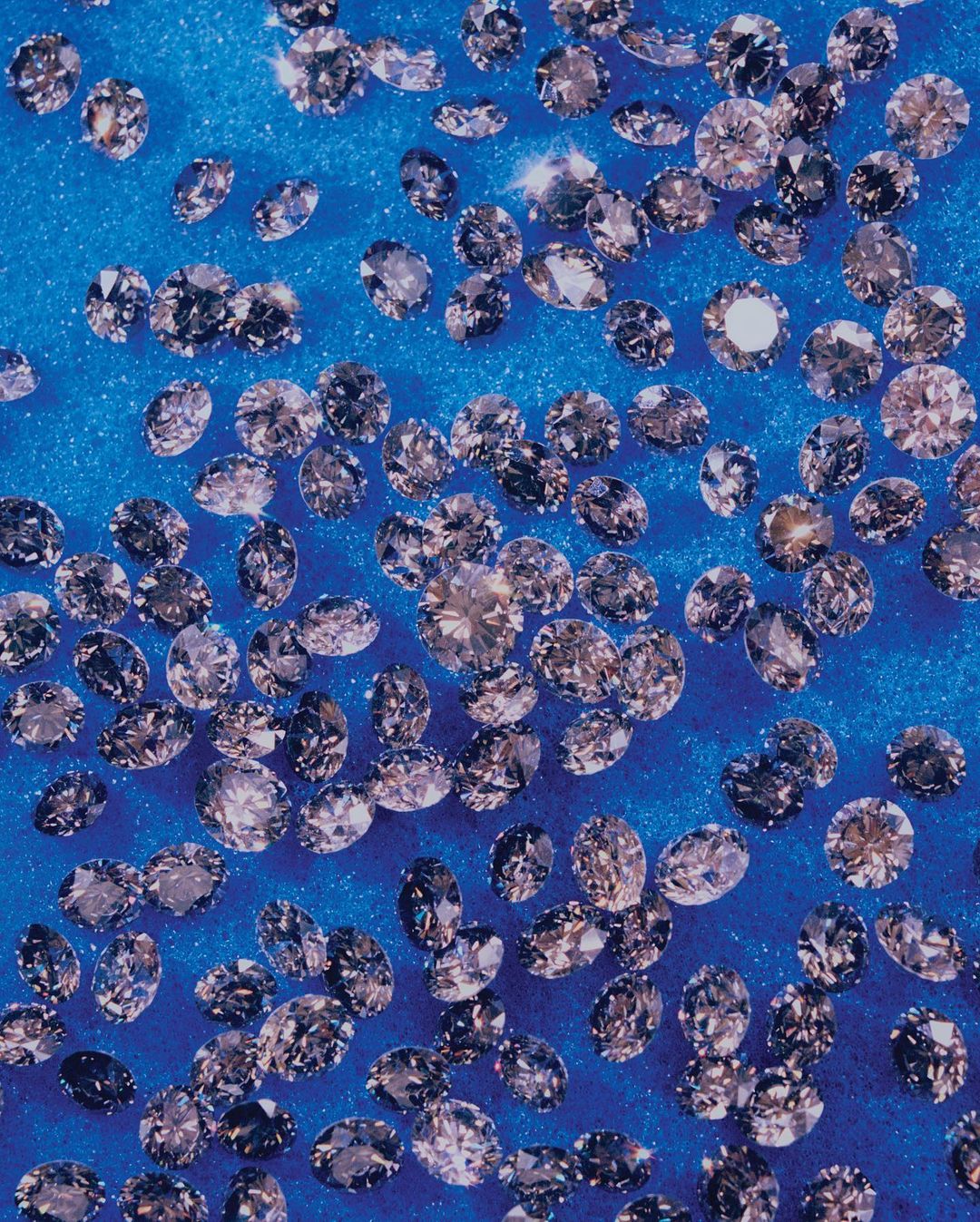
However, amid economic recessions, limited supplies, and questions on sustainability and ethics, more and more people are searching for an alternative to the “real deal.”
There’s been a wave of news articles concerning the rise in popularity of lab-grown diamonds. It appears that younger generations of consumers are opting to purchase the man-made gems, with lab-grown diamond engagement rings increasing in sales as early as 2021.
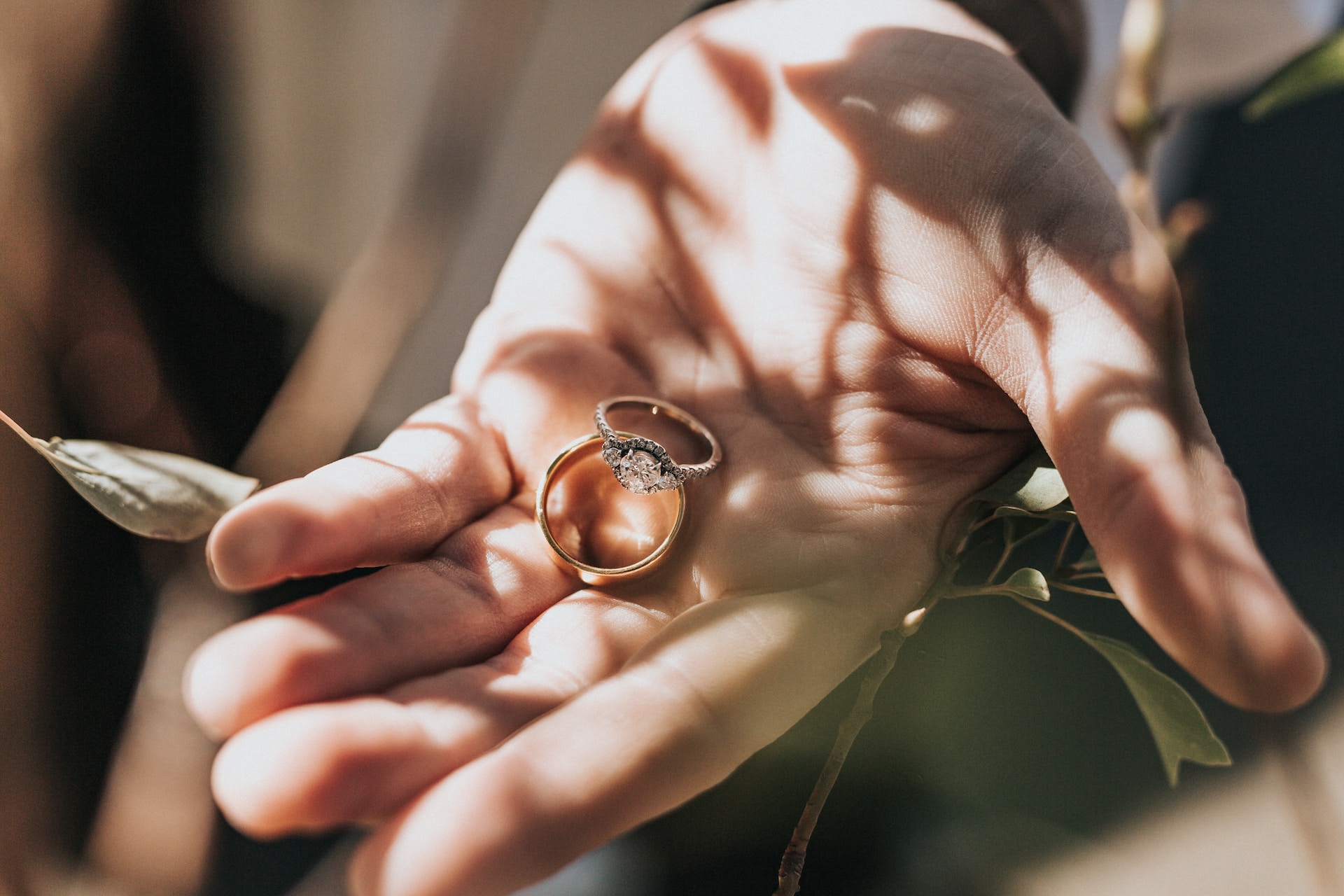
The growing demand for these jewels has only continued to skyrocket, with a market value of $22.45 billion in 2022. This number is expected to rise to $37.32 billion in 2028, according to data from Business Wire.
So are lab-grown diamonds really a worthy, affordable, and more sustainable alternative to nature’s luxurious marvels? Let’s walk through what we know, so you can decide for yourself.
Defining the Lab-Grown Diamond
The most basic definition of a lab-grown diamond is found in its name: it’s any diamond made in a laboratory. Rather than being mined from the earth, these man-made gems are created through methods that replicate the natural environment that yields them.
In an article from Huffington Post, Avi Levy—the president of North America’s International Gemological Institute—reveals that there are two ways to do this.
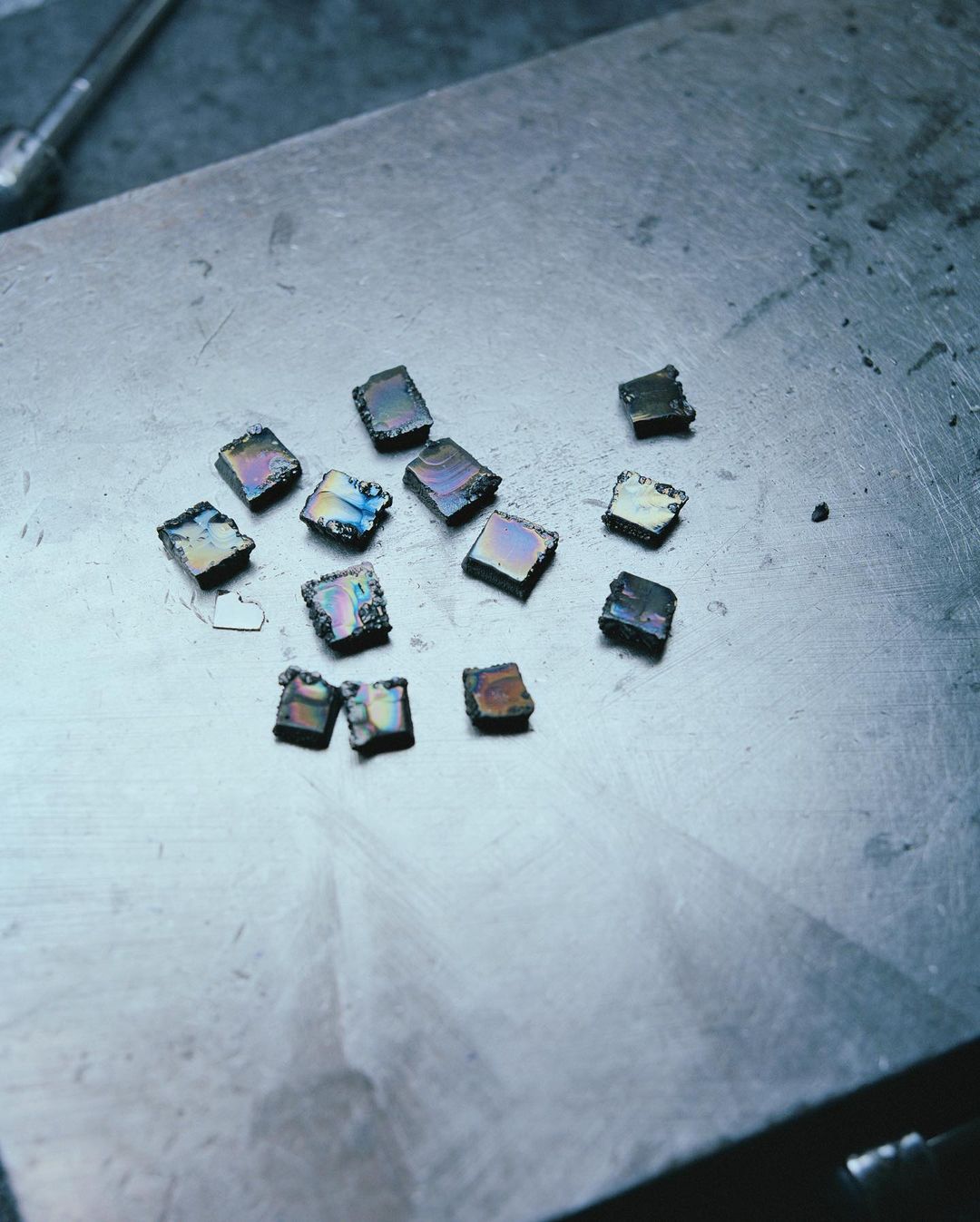
The first method is referred to as HPHT (high-pressure, high-temperature). It mimics the heat and pressure found in the earth’s crust to create the diamonds.
The second method is called CVD (chemical vapor deposition). This process “superheats gas into plasma, releasing carbon atoms to ‘build’ a diamond crystal at the atomic level,” according to Levy.
One thing that must be clarified is that lab-grown diamonds don’t magically generate from thin air. Labs require a ‘seed’ for both aforementioned processes—that is, a sliver of a natural diamond that’s used as the “base” of a lab-grown one.
Are They the Real Deal?
It’s important to note that lab-grown diamonds are real diamonds; they’re not artificial, but are made with artificial processes.
The U.S.’s Federal Trade Commission (FTC) announced in 2018 that any “mineral consisting essentially of pure carbon crystallized in the isometric system” can be classified as a diamond—regardless of whether it’s man-made or natural.

For all intents and purposes, a lab-grown diamond is identical to a natural one “scientifically, chemically, physically, and optically,” stated Levy.
They both share a hardness score of 10 on the Mohs scale. To the naked eye, they’re carbon copies of each other. George Leifheit, vice president of global strategic sourcing for Signet Jewelers, tells the Huffington Post that only trained gemologists can spot the imperceptible differences between the two.
Even then, these nuances can only be distinguished under intense magnification. Most lab-grown diamonds also have a minute inscription on them that either reads “lab-created” or “lab-grown,” as required by the FTC.
Affordable Treasures
Given how lab-grown diamonds look and feel the same as natural ones, and are genuine by most standards, one can understand why many see them as viable alternatives.
To put it into perspective, independent diamond industry analyst Edahn Golan explained that lab-grown diamonds can be as much as 73% cheaper than natural ones.
A one-carat natural diamond could cost upwards of $8,740. Meanwhile, a lab-grown diamond of the same cut, clarity, and size can go for as low as $2,318.
That’s certainly a huge price difference, one that would allow couples to purchase engagement rings with bigger lab-grown diamonds using the budget for a smaller, natural diamond.
Are ‘Man-Made’ Gems Really More Sustainable?
Those opting to purchase lab-grown diamonds also do it with sustainability and ethics in mind. The mining industry, after all, has its fair share of backlash due to practices steeped in environmental destruction and human exploitation (hence the term “Blood Diamond”).
As to whether lab-grown diamonds are the more sustainable and ethical options, the answer will depend on the producers’ methods.
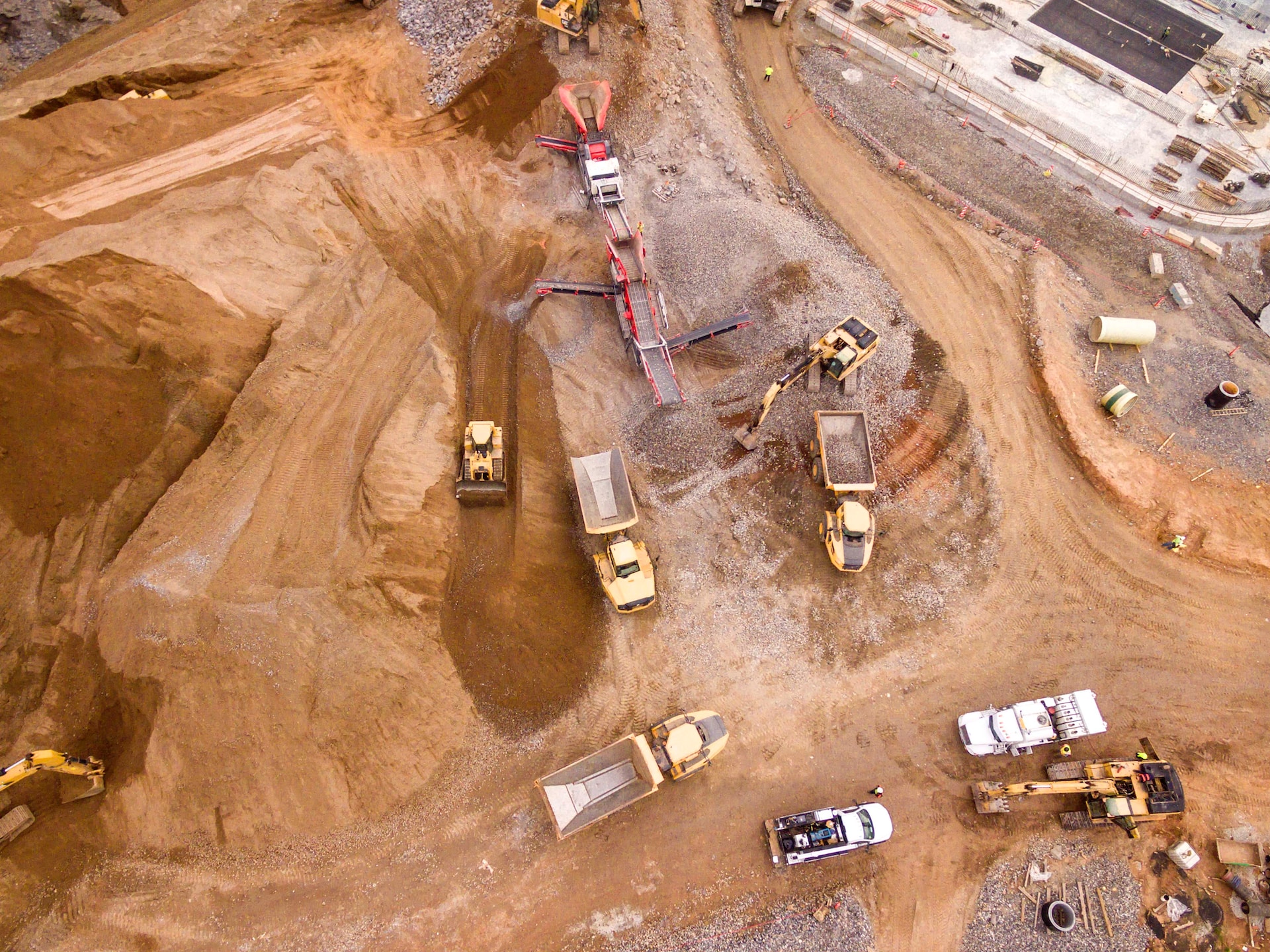
Six weeks of intense heat and pressure used to grow a lab diamond still requires an immense amount of electricity, as well as other resources like water. Plus, considering how lab-grown diamonds require a sliver of natural diamond to grow, they’re not entirely separated from the mining process.
That said, some companies utilize hydro and solar power methods, which does lessen their carbon footprint considerably. As such, those looking to support lab-grown diamonds should practice due diligence when researching producer practices and their traceability.
The Future of Luxury
The word “lab-grown” isn’t the most flattering descriptor for a diamond. To purists, they’re likely nothing more than contrived “trend” pieces or imitations that tarnish the value of their natural counterparts.
An article by Forbes covered the release of a heated memo from diamond industry insider, Martin Rapaport. The report discussed his displeasure with the new business, stating that his company, The Rapaport Group, will not support lab-grown diamonds.
He described them as “a fraudulent product because of how they are sold.” He also stated that they’re “a threat to the fundamental message of diamonds.”
For the longest time, brands have barred the entry of lab-grown pieces in the world of luxury, fearing the losses they might experience with the new competition. Natural diamonds were the status quo that had to be upheld.
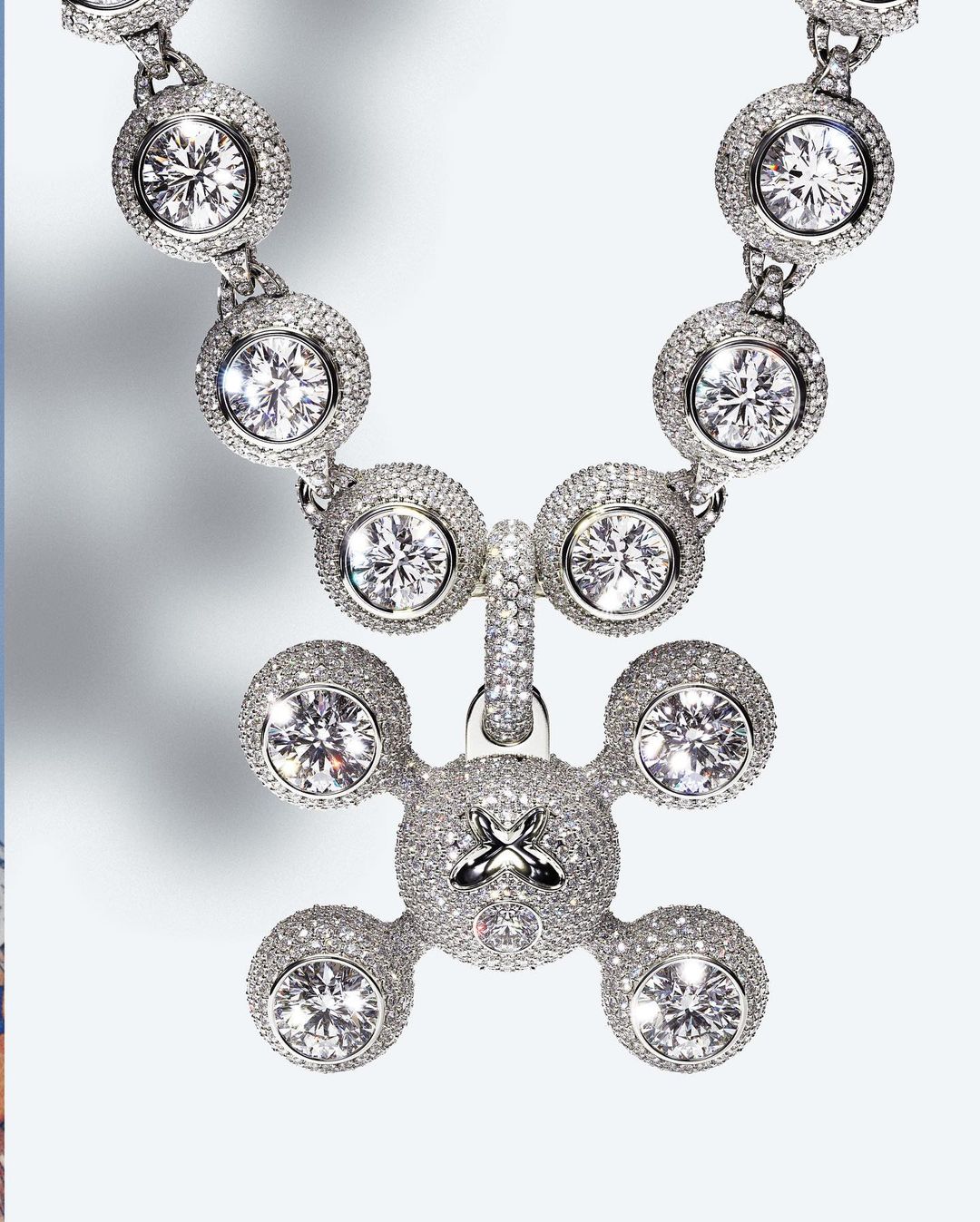
However, times are changing, and with a higher demand than ever before, big names are starting to reconsider the lab-grown diamond’s place in luxury fashion.
With celebrities like Drake, Zoe Kravitz, Lady Gaga, Billy Porter, and Penelope Cruz sporting man-made gems on the red carpet, it was only a matter of time until conglomerate LVMH would decide to invest in lab-grown diamond production.
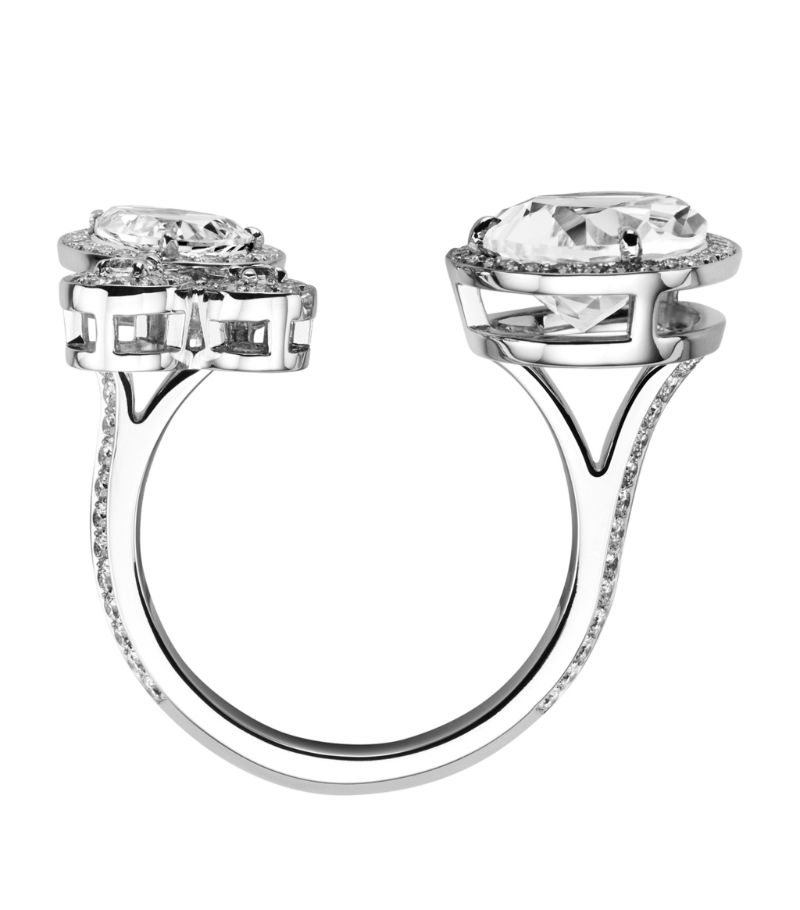
The luxury megacorporation, helmed by billionaire Bernard Arnault, completed a $90 million investment in Israel-based lab-grown diamond producer, Lusix (which claims to be the industry’s first 100% solar-powered diamond producer).
Perhaps the question is not whether lab-grown diamonds can replace natural ones, but instead, whether they make good alternatives to those looking for something different. LVMH’s investment could be the start of something new for the luxury industry—as to whether it was a good call, only time will tell.
Banner photo by Tahlia Doyle via Unsplash.





